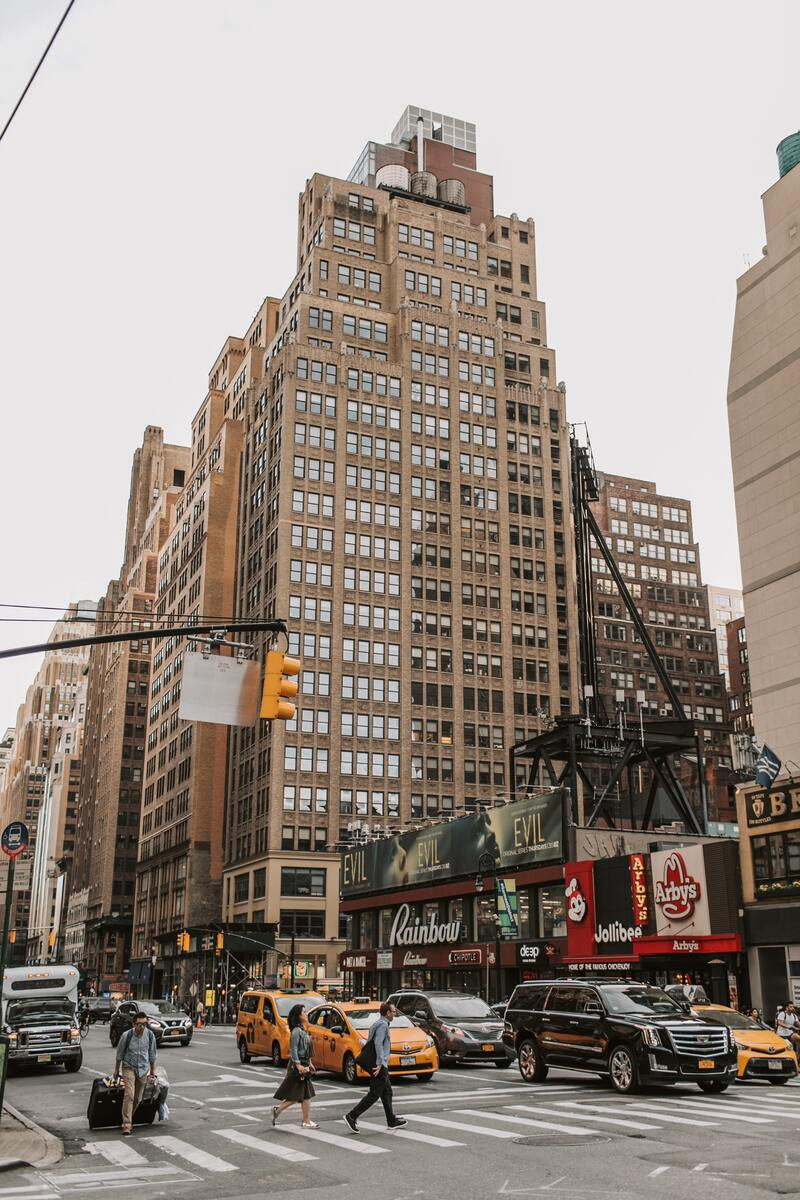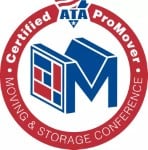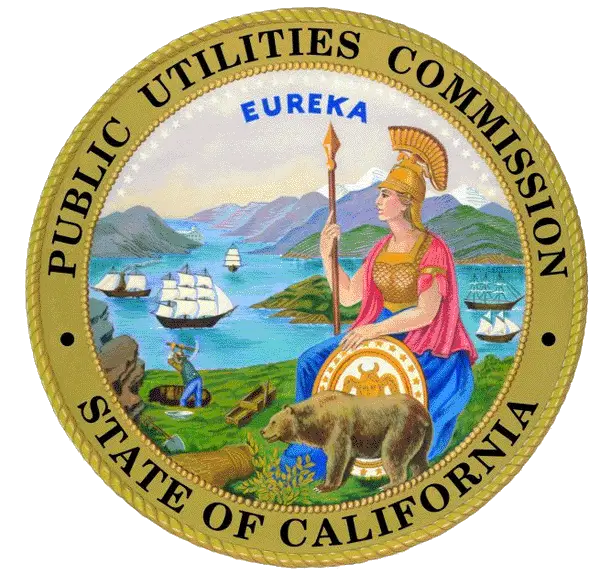Life in New York City is filled with constant activity, from Times Square's hustle and bustle to the myriad of joggers, cyclists, and rollerbladers in Central Park.
Moving to this vibrant and exhilarating city requires careful consideration of some aspects. Our comprehensive guide is here to help you with this, presenting nine essential factors to consider before taking the leap.
From understanding the neighborhoods that suit your vibe to navigating the city's intricate transportation system, we've got you covered.
Think of us as your trusty sidekick, drawing from our personal experiences as a moving company with over three decades of expertise, having successfully facilitated more than half a million relocations in NYC.
Let us provide you with expert advice to make your transition smoother than a New York minute.
What You'll Discover in This Guide
Key Takeaways
1. Moving to NYC can be challenging. Planning, researching, and creating a detailed moving plan can help ease the transition.
2. NYC offers diverse neighborhoods catering to different preferences and lifestyles, from the energetic streets of Manhattan to the cultural richness of Queens and the creative spirit of Brooklyn.
3. While NYC is known for its high housing prices, it is still possible to find affordable options. Tips like understanding your budget and avoiding peak moving seasons can help you find more affordable rentals.
4. It is also important to familiarize yourself with NYC's transportation system, including subways, buses, and taxis, to navigate the city conveniently and efficiently.
5. NYC presents abundant cultural experiences, such as world-class museums and theaters, along with a thriving job market across various industries.
Overview of Moving to NYC
Moving to New York City can be tricky, even for those with plenty of money in their bank accounts and their pick of NYC apartments. The competitive real estate market and the sheer popularity of the city present unique challenges you won’t experience in other states (or even other parts of New York).
At the same time, New York City stands as one of the most exciting places to live. Understanding the subway system or finding the best grocery stores may take some time, but you’ll quickly adjust to your new surroundings.
Why Planning is Essential Before Moving to NYC
Proper planning is vital to minimizing the difficulties of moving to NYC. If you take the time to do your research and create a detailed moving plan, you’ll have a much easier time adjusting.

I've been there, and trust me, a solid moving checklist is a game-changer. It keeps you on track, from switching utilities to finding a sweet pad and wrangling important papers. Being organized is like having a secret weapon to conquer the chaos.
—Nancy Zafrani, Oz’s General Manager
Some essential parts of moving prep include preparing for your apartment search, making sure you can afford the city’s cost of living and monthly rent, and staying safe in NYC.
We've got you covered with all the essential information to help you make informed decisions and meticulously plan your move.
1. Neighborhoods in NYC
Let’s start getting to know the neighborhoods.
New York City boasts five vibrant boroughs: Manhattan, Queens, Brooklyn, the Bronx, and Staten Island.
Each borough has its own unique characteristics. For example, Manhattan is home to Wall Street and most of Broadway (two miles of the famous street are located in the Bronx).
The boroughs are each divided into several neighborhoods, which also appeal to different types of New Yorkers.
Popular neighborhoods in NYC
Curious about where you should live in New York City? The list below features some of the city’s most popular neighborhoods:
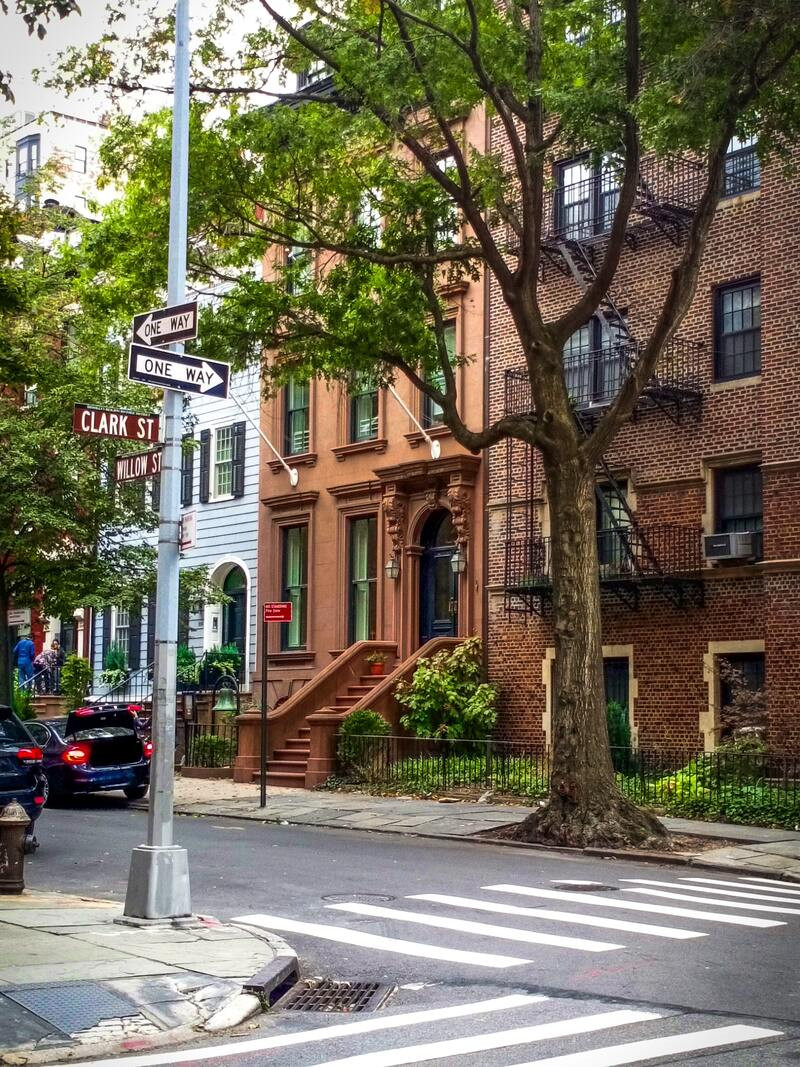
Manhattan, the heart of the city:
- Upper West Side: Embrace the allure of Central Park and the cultural richness of Lincoln Center.
- Upper East Side: Discover a refined atmosphere with iconic museums like the Metropolitan Museum of Art.
- Greenwich Village: Enjoy bohemian vibes, charming streets, and a thriving arts scene.
Queens, a melting pot of cultures:
- Bayside: Enjoy a suburban feel and lush green spaces, perfect for families.
- Long Island City: Witness the rise of contemporary art galleries and waterfront living.
- Astoria: Delight in its Greek influence, diverse cuisine, and vibrant nightlife.
Brooklyn, where creativity thrives:
- Brooklyn Heights: Experience historic charm and stunning views of the Manhattan skyline.
- Williamsburg: Embrace a hipster haven with trendy boutiques, art galleries, and a buzzing nightlife.
- Park Slope: Unwind in this family-friendly neighborhood with beautiful brownstones and Prospect Park.
The Bronx, a cultural hub:
- Baychester: Discover a residential haven with easy access to lush parks and the Bay Plaza Shopping Center.
- Morris Park: Savor authentic Italian cuisine and enjoy a tight-knit community atmosphere.
- Parkchester: Experience a vibrant neighborhood with excellent shopping options and diverse culinary delights.
Staten Island, where serenity meets urban living:
- Huguenot: Indulge in a tranquil suburban atmosphere, complete with parks and open spaces.
- Great Kills: Enjoy a coastal community, perfect for those seeking a peaceful retreat.
- St. George: Embrace history and vibrant waterfront views, home to the iconic Staten Island Ferry.
Manhattan is known for having some of the highest rent prices, whereas Staten Island offers some of the city’s lowest (although you will be farther away from many of its top attractions and much of its nightlife).
Each borough and its neighborhoods paint a unique tapestry of New York City's diverse spirit, ensuring there's a perfect place for every resident to call home.
Differences in Rent and Cost of Living Across Neighborhoods
Curious about the cost of living in the most popular NYC neighborhoods across NYC's five boroughs?
We've gathered here the average rent for your consideration. Explore the table below to gain insights into the prices:
|
Location |
Average Rent |
Room Size |
|
Upper West Side (Manhattan) |
1-bedroom apartment |
|
|
Bayside (Queens) |
1-bedroom apartment |
|
|
Brooklyn Heights (Brooklyn) |
1-bedroom apartment |
|
|
Baychester (The Bronx) |
1-bedroom apartment |
|
|
Huguenot (Staten Island) |
1-bedroom apartment |
Choosing Your Ideal Neighborhood
If you’re not sure which borough and community to focus on during your apartment hunt, ask yourself the following questions:
- How close is this neighborhood to my job?
- How close is it to public transportation (subway stations, bus stops, etc.)
- What is the average rent in this neighborhood? Can I afford it myself, or will I need to find roommates?
- What activities and entertainment options does this neighborhood offer?
- How much traffic does this neighborhood typically experience during rush hour?
- Is this neighborhood considered safe?
- How easy will it be for movers and moving trucks to navigate this neighborhood?
By reflecting on these factors, you'll gain insights into which neighborhood suits your lifestyle, preferences, and practical needs. Whether you seek the bustling streets of Manhattan, the diverse culture of Queens, the artistic vibe of Brooklyn, the charm of The Bronx, or the tranquility of Staten Island, an ideal NYC neighborhood is waiting for you.
2. Cost of Living
New York City is known for its high cost of living. Everything from rent to groceries costs more in the Big Apple.
It’s important to note that some neighborhoods are more expensive than others. For example, if you want to live in Manhattan on the Upper East Side or Upper West Side, you’ll spend much more than you would when living in Staten Island or The Bronx.
Let us be your guide and provide you with firsthand information that will empower you to make wise financial choices - and achieve the ideal balance between your desired lifestyle and budget.
Understanding the Cost of Living in NYC
When it comes to budgeting and preparing for life after your move, it's crucial to understand the expenses that lie ahead. This table breaks down some of the most significant costs to keep in mind:
|
Rent |
Utilities |
Groceries |
Transportation |
|
$3,605-$7,119 per month* |
$137.95 per month** |
$486 per month |
$127 per month*** |
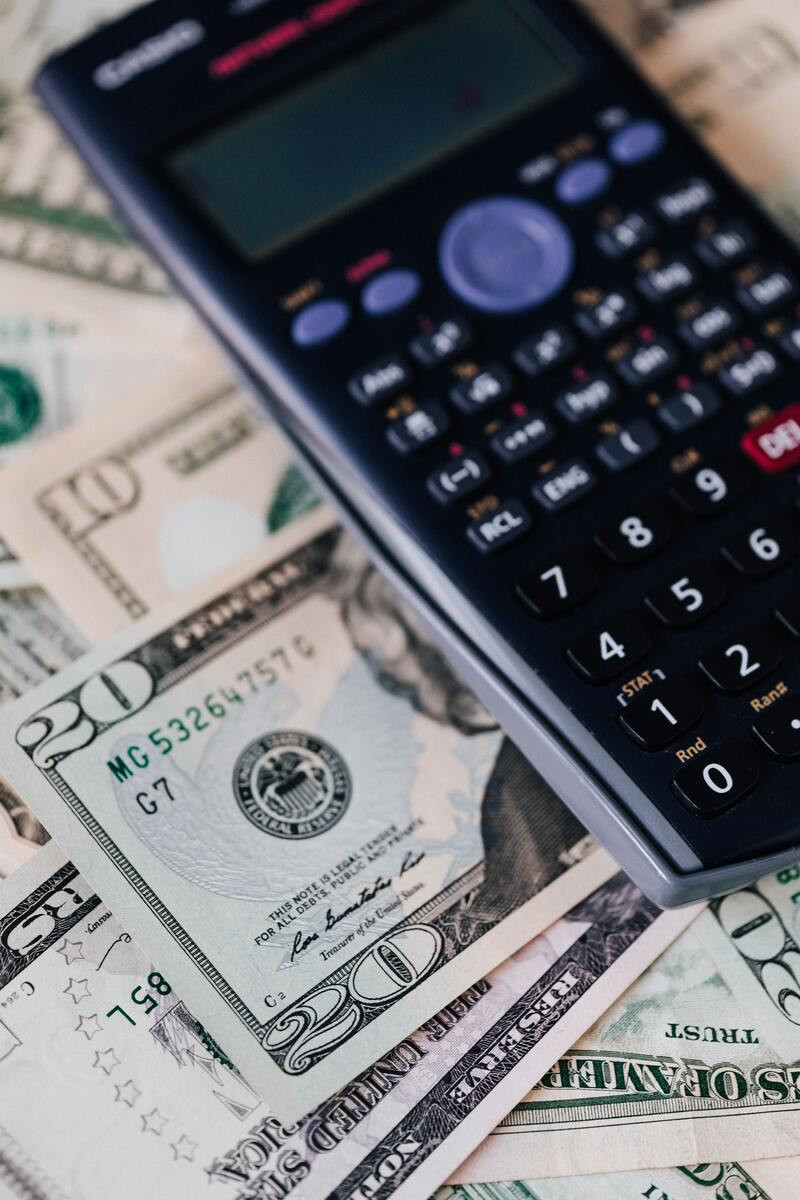
*Apartment List shares the following average prices for different apartment sizes in New York City:
- Studio: $3,605
- 1-Bedroom Apartment: $4,678
- 2-Bedroom Apartment: $5,871
- 3+ Bedrooms: $7,119
** Numbeo estimates $166.29 for basic utilities (electricity, heating, cooling, water, trash) for a 915-square-foot apartment, plus $71.66 monthly for the internet.
***New York City’s Metro Transit Authority charges $127 for a monthly MetroCard.
These figures give you a glimpse into the expenses you can expect. Keep them in mind as you plan your budget and make financial decisions.
Remember, these are averages, and costs can vary depending on factors such as location, personal preferences, and lifestyle choices. Our aim is to equip you with the essential information needed to create a realistic and well-informed financial plan.
How Much Do I Need to Live in NYC?
Curious about how much you'll need to live comfortably in New York City? Let's dive into the numbers:
The average annual household income in NYC stands at $113,315, while the median household income is $70,663 per year.
Residents aged 25-44 earn the most, with a median salary of $87,626. Those between 45 and 64 make a median salary of $76,018.
These amounts give you an idea of the income ranges in the city, however, it's important to note that you can still lead a comfortable life in NYC even if you earn less. It may require some adjustments to your expectations and budgeting strategies, but it's entirely possible to thrive.
So, don't be discouraged if your earnings fall below these medians. With careful planning and a realistic outlook, you can still embrace the vibrant city life and all it offers.
Finding a Place to Live
It might seem strange to use the words “affordable housing” and “NYC” in the same sentence. It is possible to find accessible places for renters in this city, though. You just have to know where (and how) to look.
Navigating the NYC Housing Market
The combination of a limited housing supply and high demand creates high housing prices in New York City.
In the last 30 days, New York’s housing prices have increased by 3.81 percent. In the previous 60 and 90 days, prices have increased by 7.73 and 7.58 percent, respectively.
These high prices have also increased rental costs for New Yorkers throughout the city.
Tips for Finding Affordable Housing in NYC
Use these insider tips to simplify the apartment hunting process and find a place in no time:
First - and most important - understand what you can afford. NYC landlords require renters to earn 40-50 times the monthly rent, so a salary of $60,000 per year would mean you could afford to spend approximately $1,200-$1,500 per month.
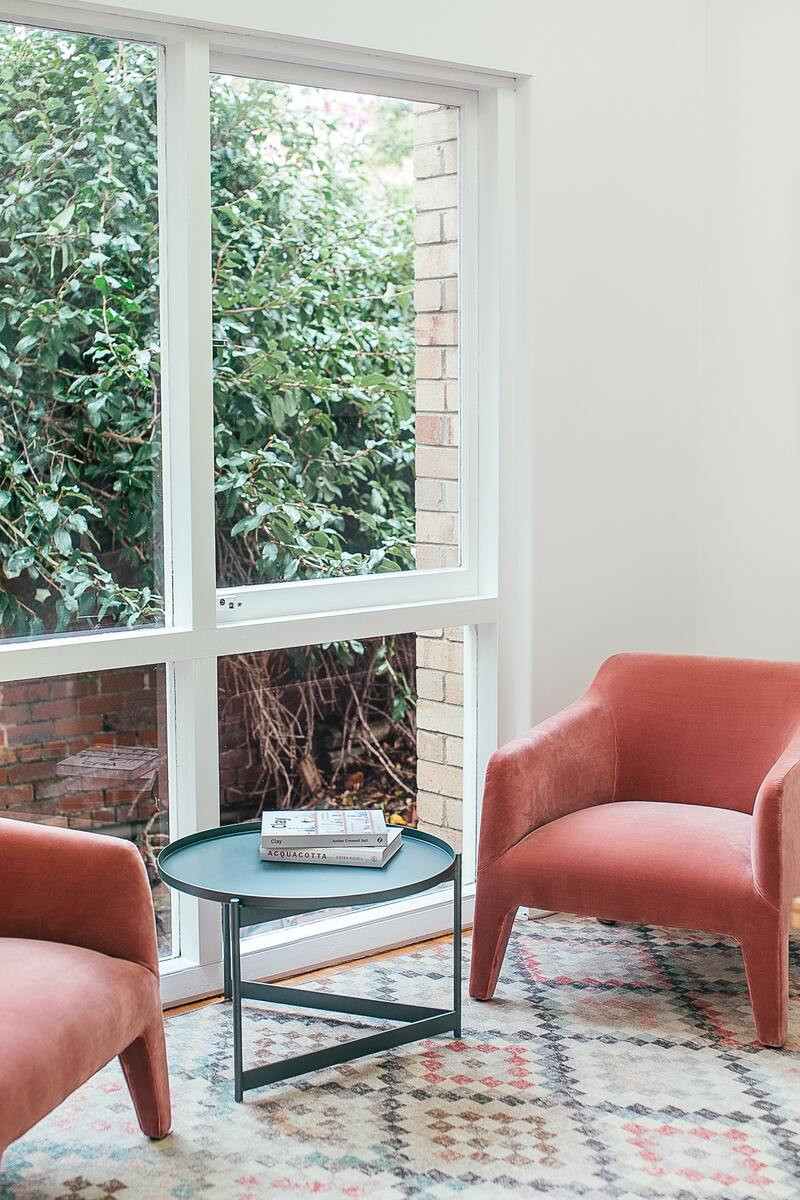
Consider splitting the rent. Living with roommates isn’t ideal, but it will make your rent much more affordable and help you get into a larger place in a more desirable neighborhood.
And last but not least: Don’t move during peak season. The city gets the most transplants between May and September. Consider moving outside of this period for less competition and potentially lower rates.
And don't forget to factor in additional expenses such as security deposits and broker fees when planning your budget.
Your Housing Search in NYC
When exploring available rentals in different neighborhoods and price ranges, rental websites like StreetEasy, Craiglist, and Zillow are your best friends. These platforms offer a plethora of options to suit your preferences and budget.
You can also check out NYHousingSearch, a government website listing homes and apartments. This site also offers a variety of resources for those looking for housing assistance, help with utilities, etc.
4. Getting Around NYC: Transportation Guide
New York City residents have several options for getting around town. Whether you prefer the iconic subway system, hopping on a bus, hailing a cab, or summoning a ride through popular apps like Lyft and Uber, you'll find no shortage of ways to traverse the city without needing a personal vehicle.
Exploring the NYC Transportation System
New York’s primary transportation system is the subway, which has a daily ridership of 2.4 million people. The bus system comes in second with a daily ridership of 1.2 million.
Public transportation is relatively affordable in New York City as well. The fare for most subway and bus riders is $2.75. However, express buses cost $6.75.
To unlock unlimited bus and subway rides, consider getting a metro card. A 30-day pass costs $127 for an all-access pass, while a seven-day pass is priced at $33 (a good option for visitors).
How to Navigate NYC by Subway, Bus, and Taxi
Do your homework before using the subway, bus system, or taxis to get around New York. Trying to catch the subway or flag down a cab can get hectic, so it helps to know what you’re doing before you try.
Subway Travel
Consider downloading the MYmta app (available on iPhone and Android) to plan your trips, access maps, and check arrival times. You can pay for subway rides with your metro card, credit card, debit card, or smart device.
Here are some essential subway tips for first-time riders:
- Let others exit before boarding (stand to the side of the doors)
- Move to the center of the car after boarding
- Don’t hold the doors open - trust that they will close on their own.
Remember, it's courteous to occupy only one seat and keep your belongings close to you. This guide from the MTA features a more detailed breakdown of how to ride the subway.
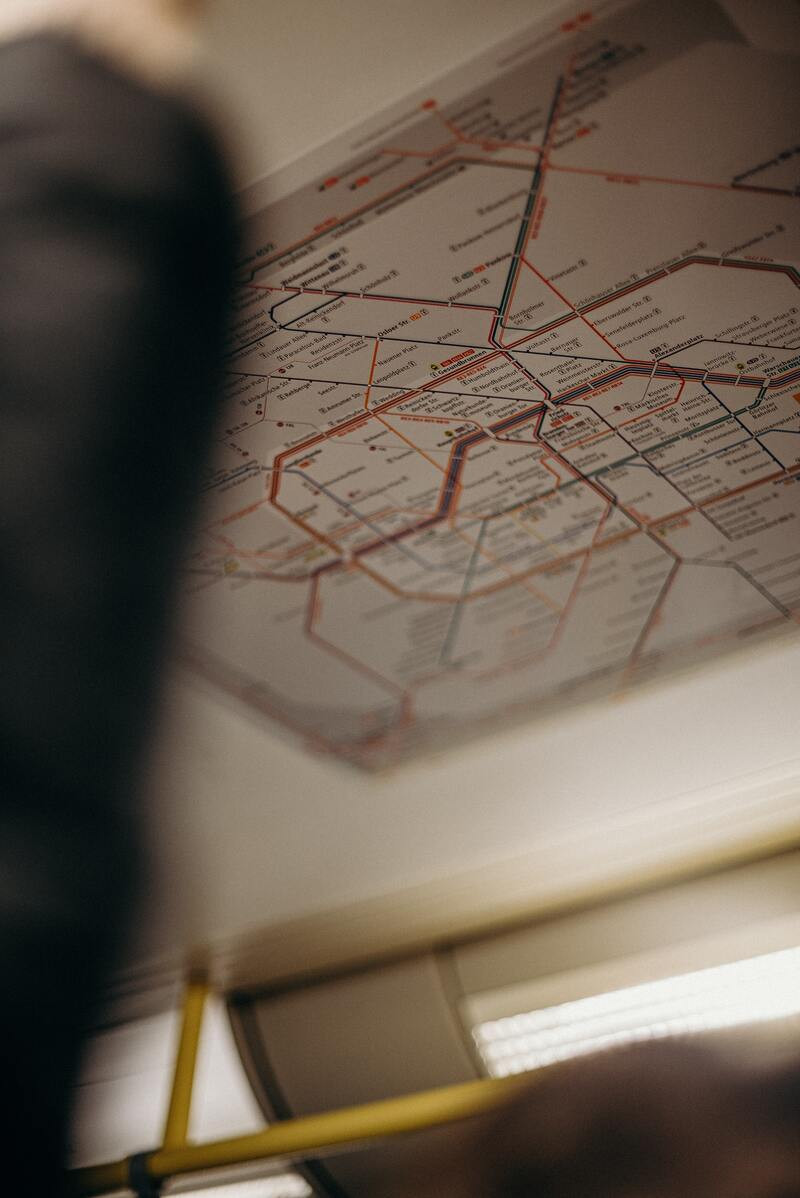
Bus Routes
You can also use the MYmta app to plan your bus trips, offering you a seamless experience just like with the subway. Payment options are the same as the subway as well.
New York City offers the following bus options:
- Local buses
- Select Bus Service buses (fewer stops, travel on priority routes, board at all doors)
- Limited buses (look like local buses but make fewer stops)
- Express buses (look like coach buses and run between boroughs)
When riding the bus, don’t block seats or aisles. Push a mounted yellow tape strip, pull a yellow cord, or press a red stop button when you get close to your bus stop. And remember, when it's time to disembark, always exit through the rear doors.
Taking Taxis
Navigating the taxi landscape in NYC requires decoding the following indicators of a taxi's status:
- Center light illuminated: The cab is available for hire
- No lights illuminated: The cab is occupied
- Entire panel illuminated: The cab is off-duty
Keep these in mind when trying to secure a taxi ride in the city.
With this insider knowledge, you're ready to conquer NYC's dynamic transportation trio. Whether you opt for the subway, the bus, or the iconic yellow taxi experience, embrace the city's rhythm and confidently embark on your journeys.
5. Entertainment and Culture
There’s no shortage of things to do in New York City, whether you’re interested in theater, sports, history, books, or anything in between. You can find something to do anytime and anywhere in New York City if you know where to look.
Must-Visit Museums, Theaters, and Cultural Institutions
As you get ready for your moving to New York City, make sure to add these museums, theaters, and cultural institutions to your must-visit list:
- Broadway
- The Metropolitan Museum of Art
- The Museum of Modern Art
- Brooklyn Museum
- New York City Ballet
- Museum of the Moving Image
- The Noguchi Museum
- New York Botanical Garden
- Little Italy
- Blue Mountain Gallery
These top-rated destinations will not only entertain you but also provide a glimpse into the vibrant cultural scene that New York City has to offer.


6. Top-Rated Schools
If you have children, finding the right schools is a top priority when choosing where to live in NYC.
New York City has many excellent public and private schools. You can find good options on either end of the spectrum.
Overview of NYC's School System
Prepare to be amazed by the magnitude and diversity of New York City's school system.
NYC’s school system is one of the largest in the country, with over 1.1 million students enrolled in approximately 1,800 public schools.
The city's schools reflect the vibrant tapestry of its population, showcasing a remarkable blend of diversity. Forty percent of public school students are Hispanic, 26 percent are black, 16 percent are Asian or Pacific Islander, and 15 percent are white.
Now, let's dig deeper into the top-rated schools in NYC, whether you're considering public or private education:
Best Public Schools in NYC
If you’re interested in the public school route, we've got four outstanding options to add to your list:
|
School Name |
Location |
Tuition |
Grade Levels |
|
281 9th Avenue |
N/A |
Pre-K-5 |
|
|
100 W 77th Street |
N/A |
K-8 |
|
|
333 W 17th Street |
N/A |
6-8 |
|
|
100 Amsterdam Avenue |
N/A |
9-12 |
Leading Private Schools in NYC
For those seeking a private educational experience, these four top-rated private schools in the city come highly recommended:
|
School Name |
Location |
Tuition |
Grade Levels |
|
139 West 91st Street |
$47,965 |
K-12 |
|
|
5250 Fieldston Road |
$52,575 |
K-12 |
|
|
610 E 83rs Street |
$58,700 |
K-12 |
|
|
231 West 246th Street |
$59,800 |
Pre-K-12 |
7. Thriving Job Market
The bustling metropolis of NYC offers an abundance of employment opportunities. Many businesses across various industries in NYC are looking for employees.
Overview of the NYC Job Market
Like many other places in the country, New York City is currently experiencing a labor shortage. Businesses across various industries seek skilled and unskilled workers to help them keep up with operations and continue serving customers or clients.
Industries with the Most Job Opportunities
The following industries currently have the most job openings for New Yorkers looking for work:
- Restaurants
- Hospitality
- Cannabis
- Healthcare
- Offshore Wind
- Medical billing
- Education
- Tech/Software Development

Many of the available jobs in these industries offer training, so even those who don’t have a traditional educational background may still be able to qualify and jump-start their careers. This opens up exciting possibilities for career advancement and personal growth!
Tips for a Successful Job Search in NYC
Because New York City is so busy and home to many different types of businesses, looking for a job can be overwhelming. These tips can help you narrow down your options and get hired sooner:
- Update your resume: Include specific hard and power skills (copywriting, proficiency in Adobe Creative Suite, leadership, collaboration, etc.)
- Check NYC-specific job sites: New York Jobs and Built in NYC are popular sites that exclusively feature jobs for New Yorkers. You can also narrow your location on other sites to ensure you only find opportunities in NYC.
- Be flexible: You must be flexible when searching for jobs in the same way you are when finding housing. Don’t write a job off just because you don’t have every single qualification required; if you check most boxes, you could still be a good fit (especially since so many NYC businesses are desperate for employees).
If you’re looking for resources to help you enhance your skills or find job opportunities, New York Works is another helpful site to check out. It offers a wealth of resources and information to support your career aspirations.
8. Healthcare Services
When it comes to healthcare, New York City has a robust system.
For example, NYC Health + Hospitals is the largest municipal health system in the nation. The organization offers quality, affordable care in all of the city’s neighborhoods.
Mount Sinai Health System is another prevalent option in the city, featuring a variety of hospitals and clinics. It offers a wide range of medical services to cater to diverse healthcare needs.
Whether you seek routine check-ups, specialized treatments, or emergency care, the healthcare landscape in NYC is equipped to deliver exceptional services and support the well-being of its residents.
Overview of the Healthcare System in NYC
Regardless of your location or background, you can expect to receive quality healthcare in New York City.
NYC Health + Hospitals operates a vast network of over 70 locations nationwide, serving over 1.1 million New Yorkers. With a dedicated team of 43,000 healthcare professionals fluent in over 200 languages, this organization is committed to providing accessible and comprehensive care.
Another notable healthcare provider in the city is the Mount Sinai Health System. Boasting over 400 community locations and a team of more than 42,000 employees, Mount Sinai encompasses 38 institutions, ensuring a wide range of medical services are available.

Top-Rated Hospitals and Healthcare Providers
If you’re concerned about proximity to a trustworthy healthcare facility and skilled providers, consider living near one of these hospitals:
- The Mount Sinai Hospital: Located at One Gustave L Levy Place, near Central Park; easily accessible via the 4,5, and 6 subway lines.
- NewYork-Presbyterian/Columbia University Irving Medical Center: Located at 630 West 183rd Street; easily accessible via the 1, A, and C subway lines.
- Mount Sinai Queens: Located at 25-10 30th Avenue; easily accessible via the N, R, W, E, and M subway lines.
As Nancy Zafrani from Oz Moving aptly suggests, "When it comes to healthcare in the city that never sleeps, proximity to trustworthy facilities and highly skilled providers becomes not just a preference, but an essential aspect of ensuring prompt and reliable medical care."
Tips for Finding Healthcare Providers in NYC
To aid in your search for a healthcare provider in New York City, whether it be a primary care physician or a specialist, consider the following tips:
- Check your insurance plan to see which providers are covered by your provider
- Consider their office location and how convenient it is to your home or office
- Read reviews from past patients to learn more about the provider’s reputation
- Ensure they’re board-certified and licensed to work in New York City
Remember, finding the right healthcare provider is important, so take your time and don't hesitate to ask around for recommendations.
9. Safety and Crime
It’s understandable to have concerns about safety in New York City, especially if you’ve never lived in such a busy area before. Rest assured, New York City, on the whole, is a relatively safe place to live, as long as you exercise some common sense and take necessary precautions. We’ve got your back on this!
Understanding Crime Rates in NYC
As with any city, some New York City neighborhoods are considered safer than others.
An analysis of crime statistics conducted by the Southwest Journal revealed the following as the 11 most dangerous neighborhoods in the city:
- Hunts Point (South Bronx)
- Brownsville (Brooklyn)
- Mott Haven (South Bronx)
- Bedford-Stuyvesant (Brooklyn)
- Midtown (Manhattan)
- East Harlem (Manhattan)
- Fordham (The Bronx)
- Highbridge (West Bronx)
- Bushwick (Brooklyn)
- Tremont (The Bronx)
- Jamaica (Queens)
Although some New York City neighborhoods are riskier than others, the city as a whole is currently safer than it’s been in past years.
The latest statistics show a significant reduction in crime throughout New York City during the first quarter of 2023. The city specifically saw drops in five of its seven index crime categories:
- Murder decreased by 12.7 percent
- Rape decreased by 7.4 percent
- Robbery decreased by 1.8 percent
- Burglary decreased by 6.1 percent
- Larceny decreased by 2.4 percent
The number of shooting victims in New York City also decreased by 17.5 percent in the first quarter.
Tips for Staying Safe in the City
Whether you live in the Bronx or Staten Island, you can stay safe in any part of NYC if you follow these guidelines:
- Never get into an unmarked cab
- Stick to main streets and pathways when walking
- Plot your route in advance
- Try to ride in the conductor’s car when riding the subway at night
- Keep belongings close to your body and pay attention to your surroundings
- When going out at night, go with a group for extra safety.
Remember, by being aware of your surroundings and taking simple precautions, you can navigate the vibrant streets of New York City with confidence and peace of mind.
Final Advice for Moving to NYC
As NYC moving experts, we understand that moving to the Big Apple is no small feat. It’s a busy city with a high cost of living and a competitive real estate market.
But with proper planning and expert guidance, you can set yourself up for an enjoyable life in the city.
To further simplify your move, consider hiring a local moving company. Professionals can handle tasks like packing, loading, unloading, and unpacking to help you settle in sooner and avoid some of the stress that comes with a big move.
Ready to take the next step? We've helped over 500,000 families make their way to NYC, and we'll be with you every step of the way. Reach out to us today for a personalized quote.
